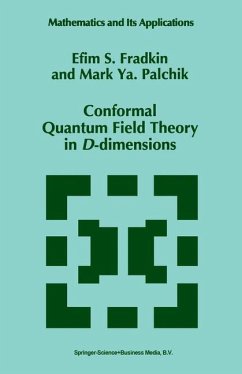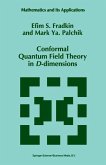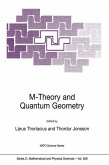Our prime concern in this book is to discuss some most interesting prosppcts that have occurred recently in conformally invariant quantum field theory in a D-diuwnsional space. One of the most promising trends is constructing an pxact solution for a cprtain class of models. This task seems to be quite feasible in the light of recent resllits. The situation here is to some extent similar to what was going on in the past ypars with the two-dimensional quantum field theory. Our investigation of conformal Ward identities in a D-dimensional space, carried out as far hack as the late H. J7Gs, showed that in the D-dimensional quantum field theory, irrespective of the type of interartion, there exists a special set of states of the field with the following property: if we rpqllire that one of these states should vanish, this determines an exact solution of 3. certain field model. These states are analogous to null-vectors which determine the minimal models in the two-dimensional field theory. On the other hand, the recent resparches supplied us with a number of indications on the existencp of an intinite-parampter algebra analogous to the Virasoro algebra in spaces of higher dimensions D 2: :~. It has also been shown that this algebra admits an operator rentral expansion. It seems to us that the above-mentioned models are field theoretical realizations of the representations of these new symmetries for D 2: ;3.








